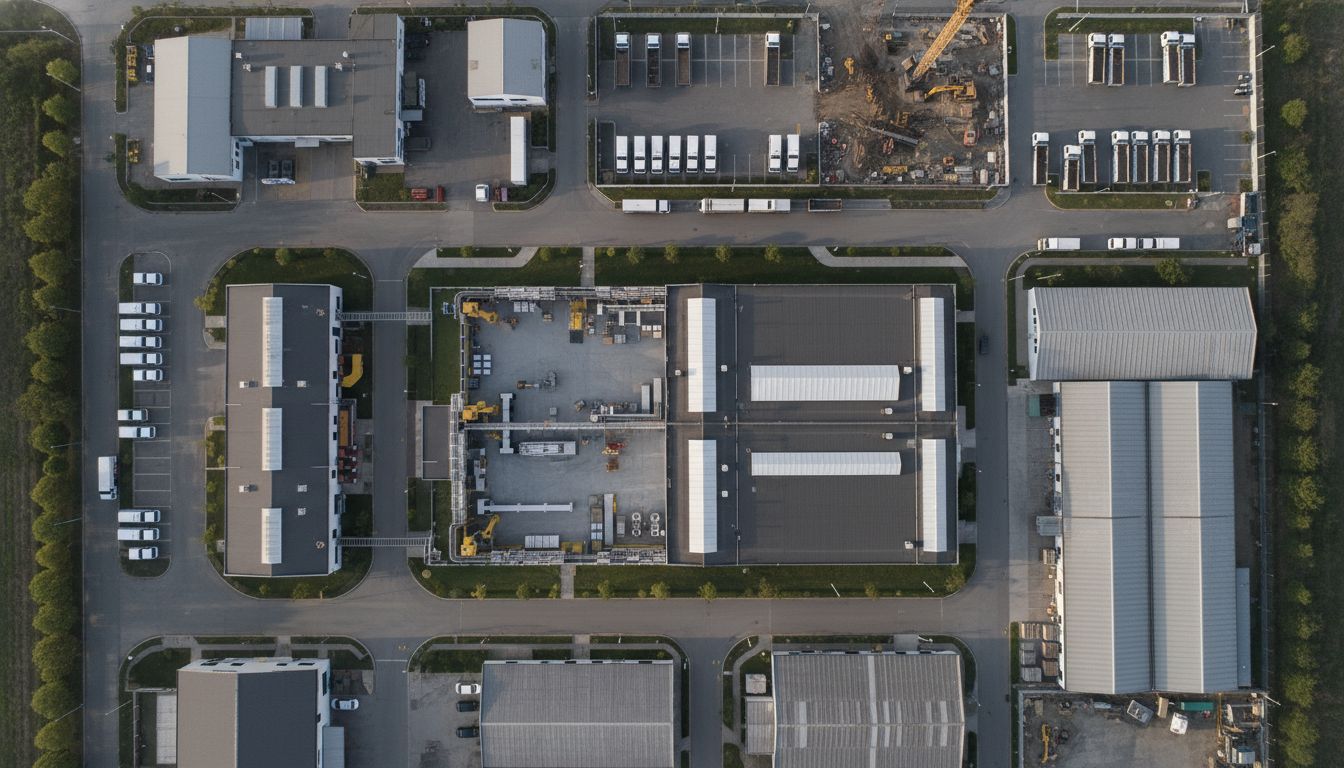How to In-House Functions in 90 Days: Quick Wins
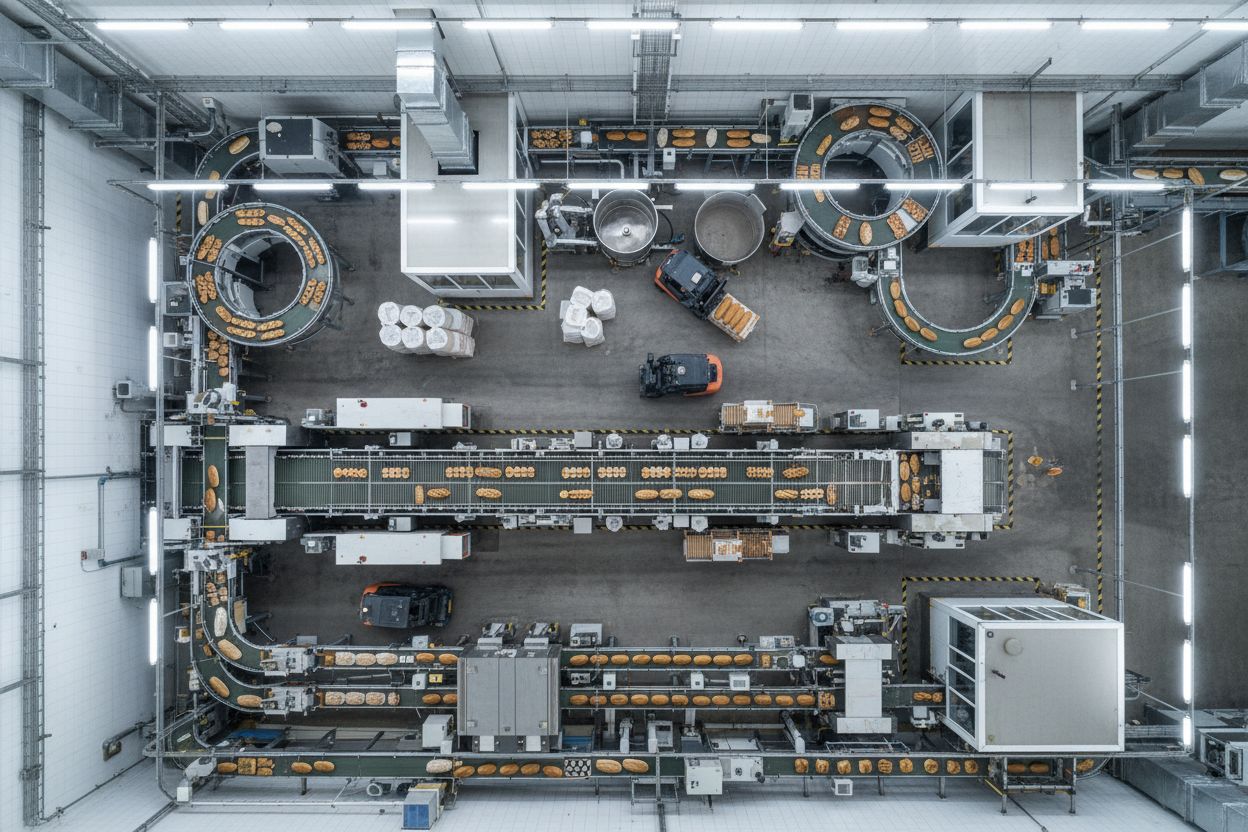
Did you know regional businesses can reduce vendor costs by as much as 40 percent simply by bringing key functions in-house? Many companies spend between $50,000 and $150,000 each month on agencies, yet much of this work can transition smoothly using current AI tools. Moving select marketing and operational tasks in-house delivers immediate savings and gives teams new control over their workflows. Discover how these quick changes can help your organization build confidence and cut expenses fast.
Key Takeaways
| Point | Details |
|---|---|
| Quick Wins Enable Cost Reduction | In-housing marketing and operational functions can cut external vendor costs by 30-40%, yielding significant savings and efficiency improvements. |
| Strategic Function Selection is Key | Focus on high-cost, repetitive tasks that require minimal specialized skills for a successful in-housing transition. |
| Methodical Transition Process | Employ a systematic approach, including vendor dependency assessments and phased implementation, to ensure effective in-housing with minimal disruption. |
| Cultural and Team Readiness Matters | Address cultural alignment and team capability development to avoid barriers during the transition and ensure long-term success. |
Table of Contents
- What Are Quick Wins For In-Housing?
- Most Common Functions To In-House Fast
- Step-By-Step Process: Bringing Work Inside
- Vendor Cost Analysis: Real Savings By Function
- Avoiding Mistakes: Culture, Team, And Roi
- Regional Results: Midwest And Southeast Insights
What Are Quick Wins for In-Housing?
Quick wins for in-housing are strategic, low-risk initiatives that help businesses immediately reduce vendor dependency and bring critical work back under internal control. For regional businesses spending $50K-$150K monthly on external agencies and consultants, these immediate actions can unlock substantial savings and operational efficiency without massive organizational disruption.
The most powerful quick wins typically involve functions with high external spend and relatively straightforward skill transfer. Marketing functions are often the first and easiest targets, where businesses can rapidly replace expensive agencies with AI-powered internal workflows. Common quick-win areas include:
- Email marketing campaign development
- Social media content creation
- Basic graphic design and creative assets
- Digital advertising copywriting
- Performance reporting and analytics
The key is selecting functions that have clear, repeatable processes and require minimal specialized expertise. By focusing on these areas first, businesses can:
- Reduce monthly vendor costs by 30-40%
- Build internal team confidence in AI-enabled workflows
- Create a scalable template for future vendor replacements
- Demonstrate immediate ROI to leadership
Successful quick wins follow a systematic approach: start small, prove the model works, then systematically expand across other business functions. For a typical $40-75M regional business, this might mean replacing a $12K/month email marketing agency with an internally managed AI-powered system, generating $150K-$300K in annual savings potential.

Most Common Functions to In-House Fast
When regional businesses look to break free from vendor dependencies, certain functions emerge as prime candidates for rapid in-housing. These functions typically represent high-cost, repetitive tasks that can be efficiently managed using AI-powered internal workflows, offering substantial cost savings and operational control.
Marketing and creative functions consistently rank at the top of most in-housing strategies. Specifically, businesses can quickly transition the following areas in-house with minimal friction:
- Email marketing campaign management
- Social media content production
- Digital advertising copywriting
- Basic graphic design and visual assets
- Performance analytics and reporting
- Content marketing creation
- Basic web design updates
Beyond marketing, operational functions also present significant quick-win opportunities. These include tasks that are process-driven and have clear, repeatable steps:
Here’s a comparison of the most common functions to in-house and their key characteristics:
| Function Area | Example Tasks | External Spend Level | Ease of In-Housing |
|---|---|---|---|
| Marketing & Creative | Email marketing Social media content Ad copywriting |
High | Easy |
| Operational Support | Reporting Vendor communication Training materials |
Moderate | Moderate |
| Finance & Accounting | Accounts payable Financial reporting Expense tracking |
Moderate | Moderate |
| Web & Content | Website updates Content marketing creation |
Moderate | Easy |
- Customer support documentation
- Standard reporting and data compilation
- Basic financial reporting and tracking
- Vendor communication and management
- Internal training material development
- Standard proposal and presentation templates
The strategic approach involves selecting functions with three key characteristics: high external spend, clear processes, and minimal specialized expertise required. For a typical $40-75M regional business, targeting these functions can generate $150K-$300K in annual savings while building internal team capabilities and reducing long-term dependency on external vendors.
Step-by-Step Process: Bringing Work Inside
Transitioning work from external vendors to an internal team requires a strategic, methodical approach that minimizes disruption and maximizes operational efficiency. For regional businesses spending $50K-$150K monthly on external agencies, the process of in-housing demands careful planning and execution.
- Vendor Dependency Assessment
- Audit current external spend across all functions
- Identify highest-cost, most repetitive tasks
- Calculate potential annual savings ($150K-$300K opportunity)
- Prioritize functions with clear, repeatable processes
- Skill Gap Analysis
- Evaluate current internal team capabilities
- Determine specific AI tools and training requirements
- Map necessary skill transfers from vendor to internal team
- Develop targeted upskilling and knowledge transfer plan
- Pilot Function Selection
- Choose low-risk, high-impact function for initial pilot
- Typically start with marketing or operational reporting
- Set clear success metrics and timeline (90-day implementation)
- Secure leadership buy-in and team commitment
- AI Workflow Design
- Document existing vendor workflow
- Redesign process using AI-enabled internal tools
- Create standardized templates and process documentation
- Build scalable, repeatable workflow model
- Phased Implementation
- Start with 20-30% function transfer
- Continuously monitor performance and adjust
- Provide ongoing team training and support
- Expand successful model to additional functions
Successful in-housing is not about replacing people, but empowering them with better tools and processes. Owner-Led AI Adoption Tips for Small Businesses can provide additional insights into making this transition smooth and effective.
Vendor Cost Analysis: Real Savings by Function
Understanding the true financial impact of vendor dependencies requires a nuanced, function-by-function breakdown that reveals substantial savings opportunities for regional businesses. By systematically analyzing external spend, companies can identify functions ripe for in-house transformation.
Finance and Accounting Functions According to research from Consero Global, outsourced finance services can realize 30-50% cost savings when transitioned internally. Typical savings areas include:
- Accounts payable processing
- Financial reporting and compilation
- Basic tax preparation and documentation
- Expense tracking and management
- Standard financial analysis
Marketing and Creative Functions Typically representing the highest external spend, marketing functions offer significant cost reduction potential:
- Email marketing campaign management ($8K-$15K monthly)
- Social media content production ($5K-$10K monthly)
- Digital advertising copywriting ($6K-$12K monthly)
- Performance analytics and reporting ($4K-$7K monthly)
Operational Support Functions Additional areas with substantial in-housing potential include:
- Customer support documentation
- Standard reporting processes
- Vendor communication management
- Internal training material development
For a typical $40-75M regional business, Are You Overpaying for Work Your Team Could Own? suggests potential annual savings range from $200K-$500K by strategically bringing these functions in-house, leveraging AI-powered workflows to reduce external dependency.
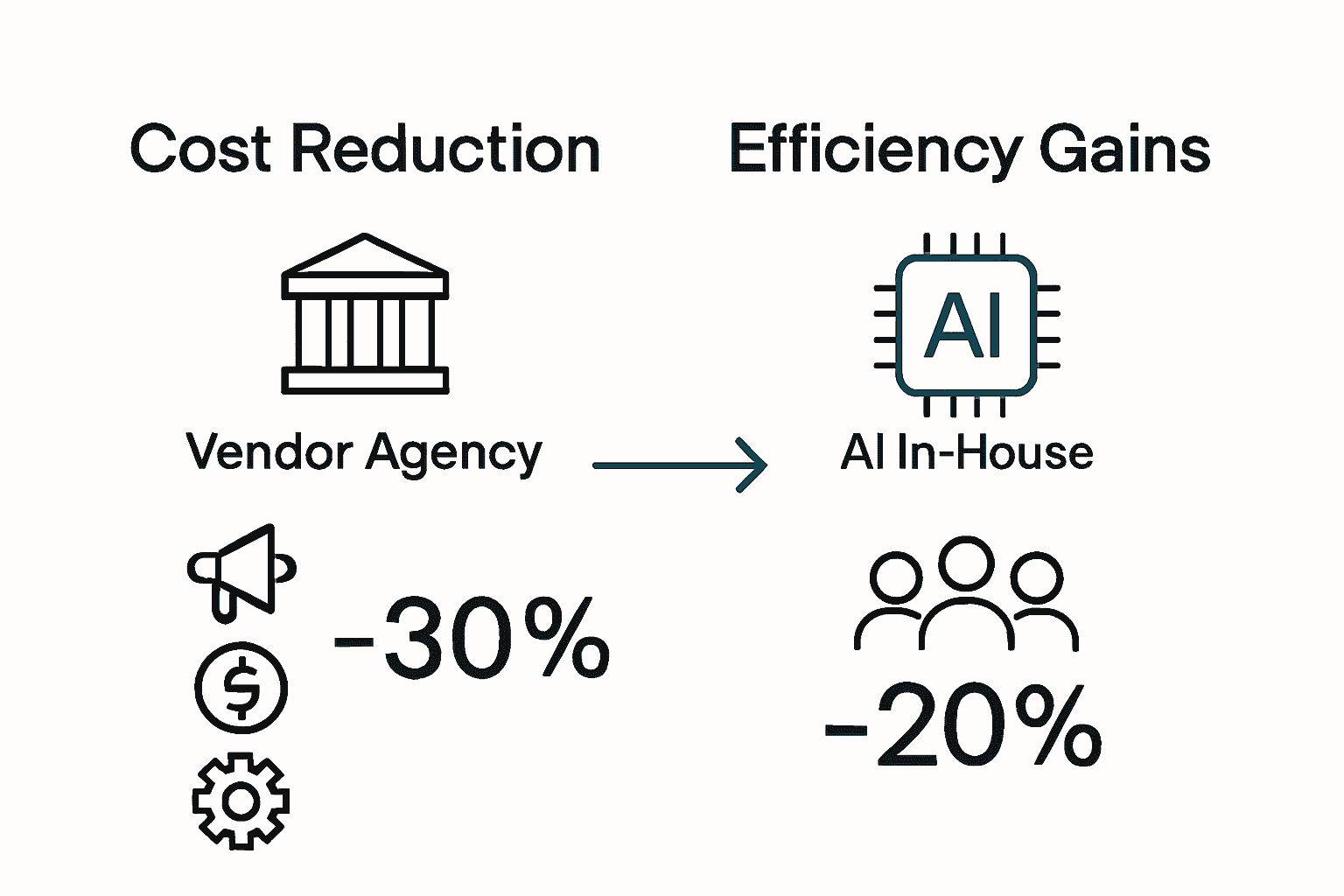
Avoiding Mistakes: Culture, Team, and ROI
Successful in-housing is more complex than simply replacing external vendors—it requires a strategic approach that balances technological capability, team readiness, and financial pragmatism. Regional businesses must navigate cultural shifts and skill development carefully to realize sustainable cost savings and operational improvements.
Cultural Alignment Challenges According to research from Escalon Services, cultural misalignment represents a critical barrier to successful in-housing. Key cultural considerations include:
- Building team confidence in new workflows
- Overcoming resistance to technological change
- Creating psychological safety for skill development
- Maintaining team motivation during transition
- Preventing burnout from rapid capability expansion
Team Capability Development Transitioning work in-house demands targeted skill-building strategies:
- Identify current team capabilities and skill gaps
- Develop targeted AI and workflow training programs
- Create mentorship and knowledge transfer frameworks
- Implement incremental learning opportunities
- Reward adaptability and continuous learning
ROI Calculation Pitfalls As research indicates from Full Lancers, businesses often underestimate the complexities of in-house cost modeling. Critical ROI considerations include:
- Fixed staffing cost implications
- Training and onboarding expenses
- Productivity dips during transition
- Long-term scalability planning
- Balancing immediate savings with skill investment
For businesses looking to navigate these challenges strategically, Enhance Your AI Strategy Today can provide additional insights into managing technological transitions effectively.
Regional Results: Midwest and Southeast Insights
Regional businesses in the Midwest and Southeast represent a unique ecosystem of mid-sized companies with distinctive approaches to vendor management and technological adoption. Understanding the nuanced cost structures and operational dynamics specific to these regions reveals compelling opportunities for strategic in-housing.
Midwest Operational Characteristics Midwestern businesses typically demonstrate a pragmatic approach to technological transformation, characterized by:
- Lower operational overhead costs
- More conservative technology adoption strategies
- Strong emphasis on process efficiency
- Talent pools with robust technical training backgrounds
- Preference for incremental, low-risk technological investments
Southeast Business Dynamics Southeast regional companies often exhibit more flexible vendor replacement strategies:
- More aggressive cost-cutting approaches
- Higher willingness to experiment with AI-powered workflows
- Diverse industry representation (manufacturing, logistics, professional services)
- Competitive labor markets with skilled workforce
- Lower regulatory friction for technological transitions
Regional Cost-Saving Insights According to research from Debt Expert, regional differences significantly impact in-housing economics. Typical savings ranges include:
- Midwest: 25-40% reduction in external vendor spend
- Southeast: 30-45% potential cost optimization
- Average annual savings: $200K-$500K per function
- Implementation timeline: 60-90 days
For businesses seeking to understand their specific regional advantages, Enhance Your AI Strategy Today offers tailored insights into technological transformation strategies.
Ready to Break Free From Vendor Traps and Cut Real Costs?
If your business is tired of pouring $50K-$150K every month into agencies, consultants, and vendor partners across ALL functions, the quick-win strategies in this article are just the start. Average Robot gives Midwest and Southeast regional businesses a real shot at cutting those costs by 30 to 40 percent, taking control of work your internal team can actually own. We have helped companies just like yours replace marketing agencies, technology partners, consultants, and even fractional executives with in-house power. This means $200K to $500K in annual savings and finally breaking the dependency cycle that holds your potential hostage.
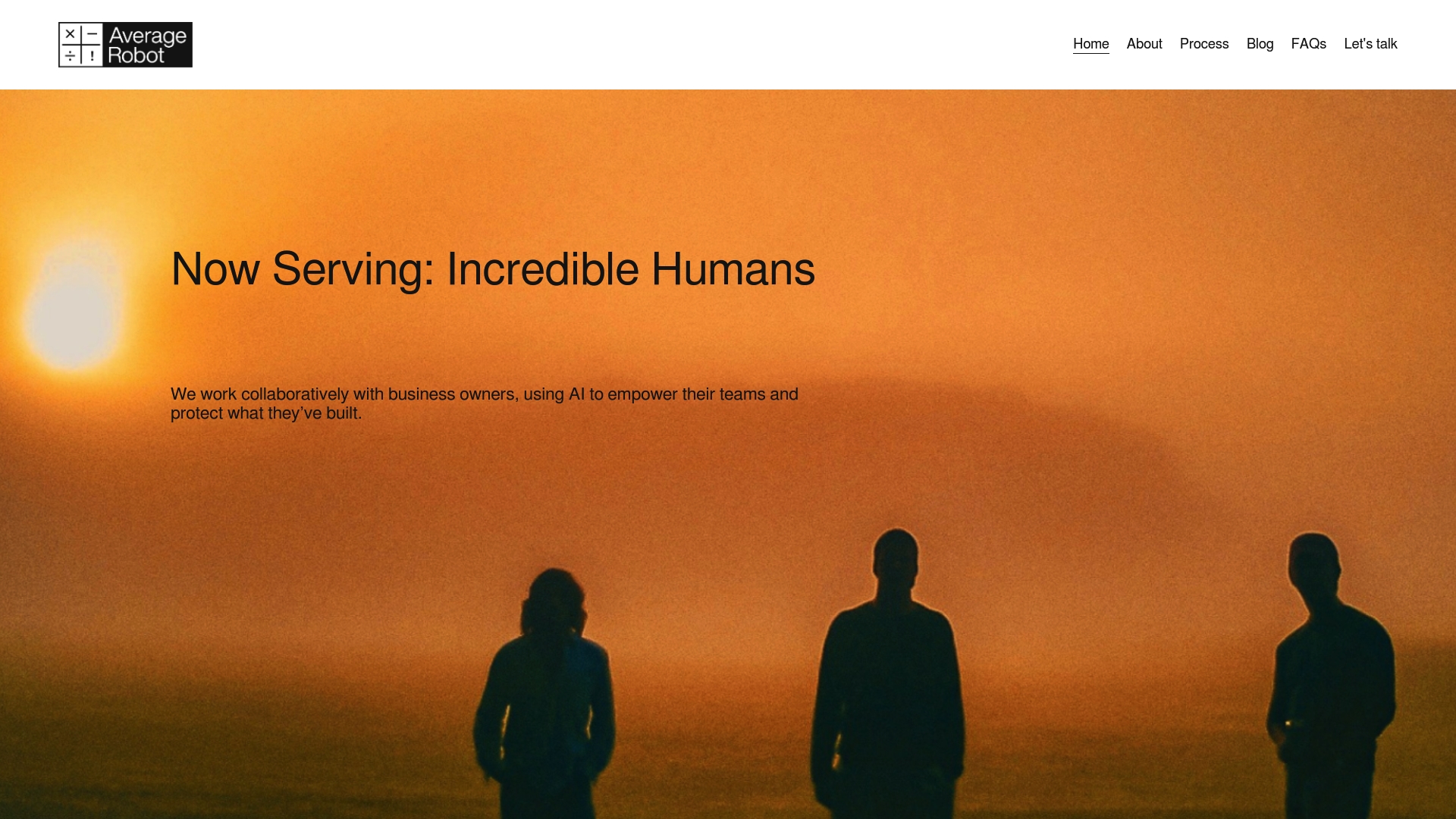
Want to see exactly where your biggest savings are hiding? Book your free Vendor Dependency Assessment—a no-obligation 90-minute workshop that shows the hidden costs you could cut in 90 days. Stop letting vendors eat into your margins and get back to what made you start your business in the first place. Visit Average Robot to get started or grab instant answers to FAQs about breaking free from vendor reliance at Enhance Your AI Strategy Today. This is your chance to replace vendors, not people, and empower your team for the long haul. Take back control—start now.
Frequently Asked Questions
What are quick wins for in-housing?
Quick wins for in-housing are strategic, low-risk initiatives that enable businesses to reduce dependency on external vendors and bring critical functions back in-house, often focusing on high-cost activities that can be efficiently managed using internal workflows.
Which functions are best suited for in-housing?
The most common functions to in-house quickly include marketing and creative tasks such as email marketing, social media content production, ad copywriting, and performance reporting, as well as operational tasks like basic reporting and training material development.
How can businesses assess vendor dependencies?
Businesses can assess vendor dependencies by conducting an audit of current external spending, identifying high-cost and repetitive tasks, and calculating potential annual savings from bringing these functions in-house.
What is the typical implementation timeline for in-housing?
The typical implementation timeline for successfully in-housing functions is approximately 60-90 days, starting with a pilot function and then gradually expanding as successful models are established.
